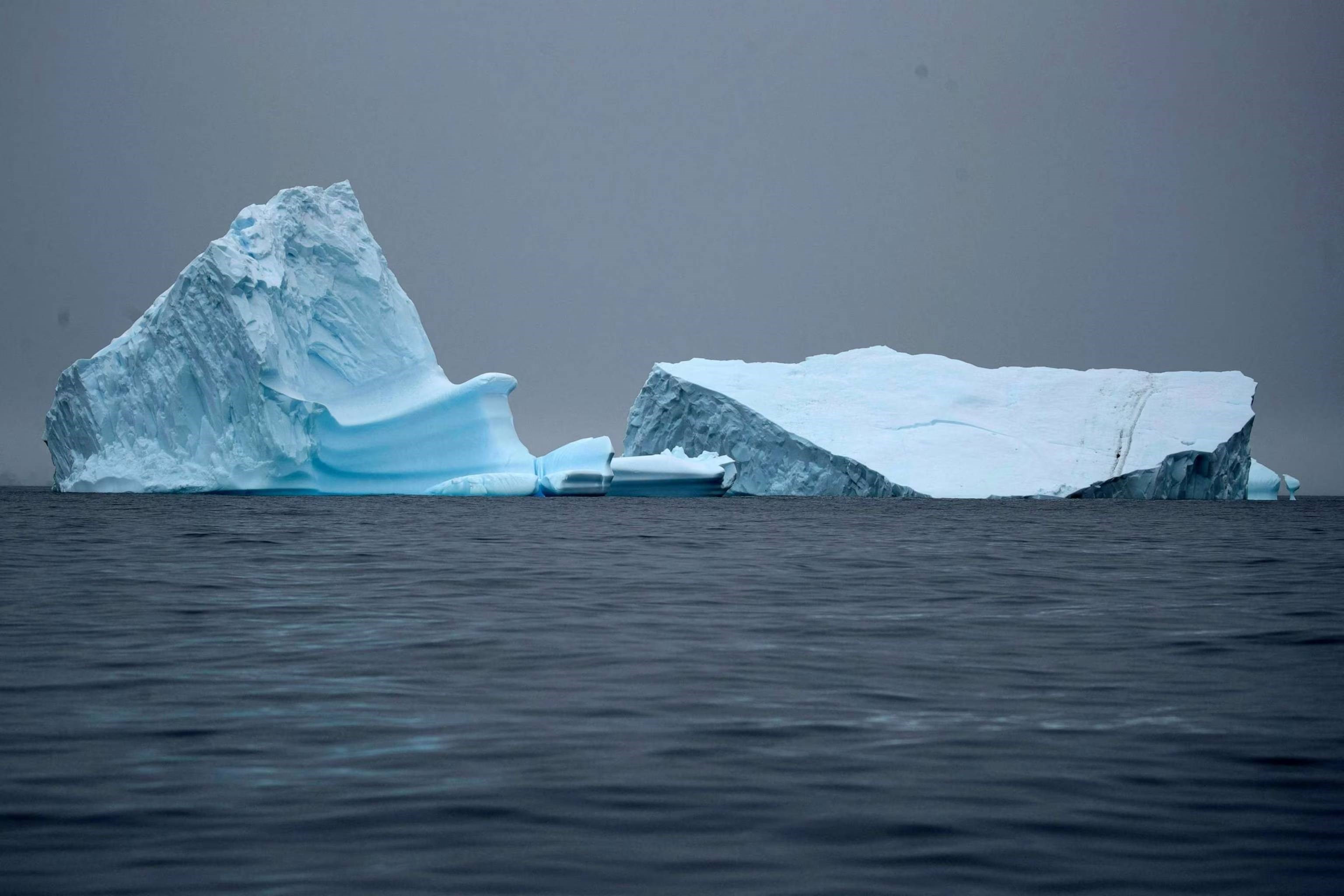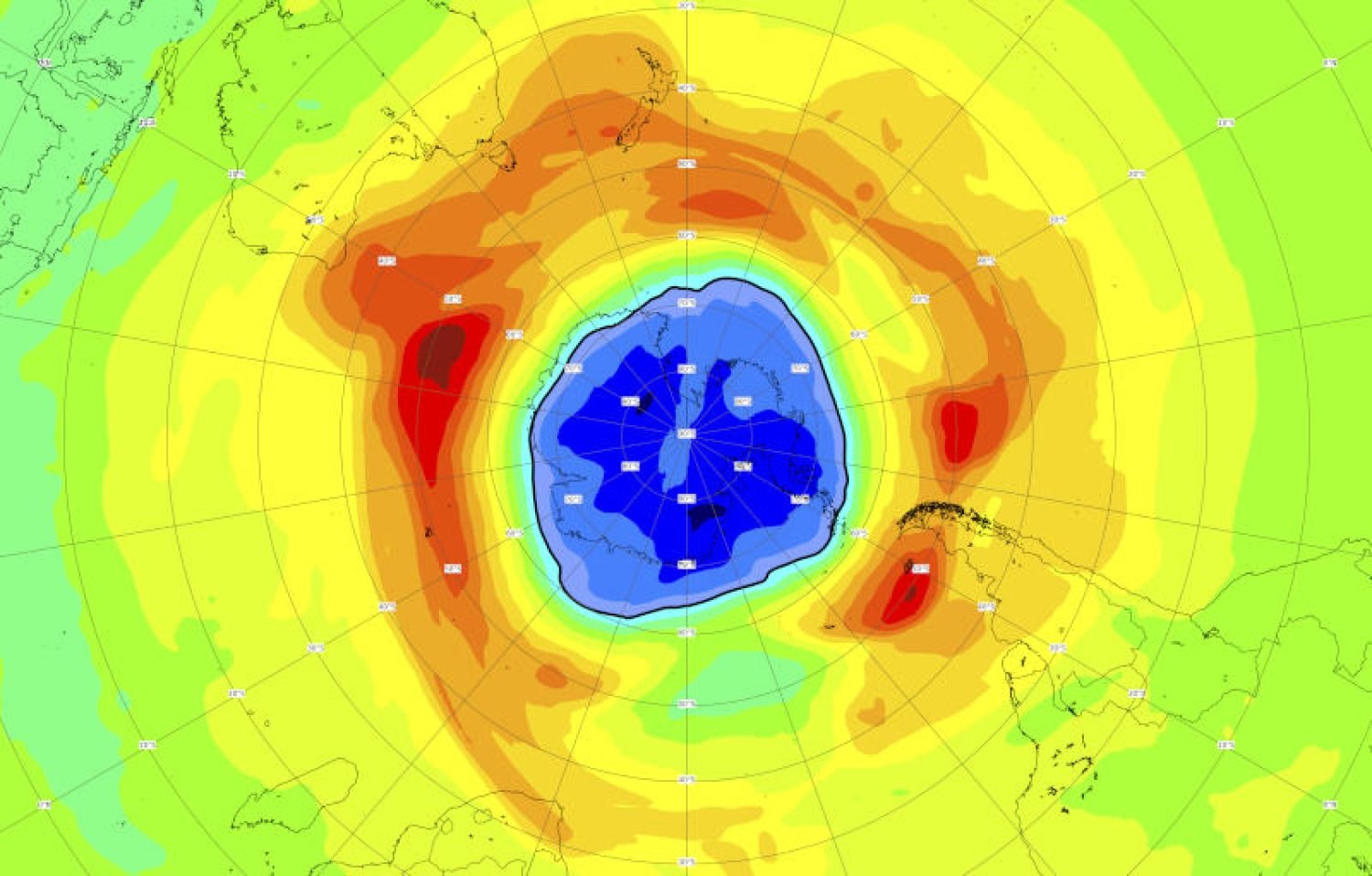 Just as the sea ice around Antarctica grows and shrinks each year, the ozone hole over the continent also grows and shrinks. Interestingly this year, this hole has grown a lot. According to reports, the ozone hole over Antarctica has reached three times the size of Brazil.
Just as the sea ice around Antarctica grows and shrinks each year, the ozone hole over the continent also grows and shrinks. Interestingly this year, this hole has grown a lot. According to reports, the ozone hole over Antarctica has reached three times the size of Brazil.Observations from the European Space Agency’s (ESA) Copernicus Sentinel-5P satellite show that the ozone hole reached an area of approximately 26 million square kilometers on September 16, 2023. These results make the hole one of the largest seasonal holes ever observed. The largest ozone hole occurred in 2000, when it reached an area of 28.4 million square kilometers.
Ozone is a naturally occurring gas and is found in the stratosphere, the layer that protects us from the sun’s ultraviolet, or UV, rays. In 1985, a hole in the ozone layer was discovered over Antarctica and was later linked to humans’ use of decarbonizing substances. The use of these substances has since been banned and the size of the hole has been closely monitored.
It may return to its former state in 2050
 However, the ozone hole continues to grow and shrink seasonally due to temperature changes and wind conditions in the stratosphere, reaching its maximum between mid-September and mid-October. “Our operational ozone monitoring and forecasting service shows that the 2023 ozone hole has been growing rapidly since mid-August,” Copernicus Atmosphere Monitoring Service senior scientist Antje Inness said in a statement.
However, the ozone hole continues to grow and shrink seasonally due to temperature changes and wind conditions in the stratosphere, reaching its maximum between mid-September and mid-October. “Our operational ozone monitoring and forecasting service shows that the 2023 ozone hole has been growing rapidly since mid-August,” Copernicus Atmosphere Monitoring Service senior scientist Antje Inness said in a statement.According to scientists, the reason for higher than normal growth may be the Hunga Tonga volcanic eruption that occurred in January 2022, which caused large amounts of water vapor to mix into the air. Water vapor is thought to cause chlorofluorocarbons (CFCs) to react, accelerating the depletion of the ozone layer.
On the other hand, despite a large seasonal growth, the size of the ozone hole continues to decrease overall. “Thanks to the Montreal Protocol and the reduction of anthropogenic ozone-depleting substances, scientists currently predict that the global ozone layer will reach its normal state again by around 2050,” said Claus Zehner, ESA’s Copernicus Sentinel-5P mission manager.